7 Plants and Trees in Your Yard That Are Making You Sneeze
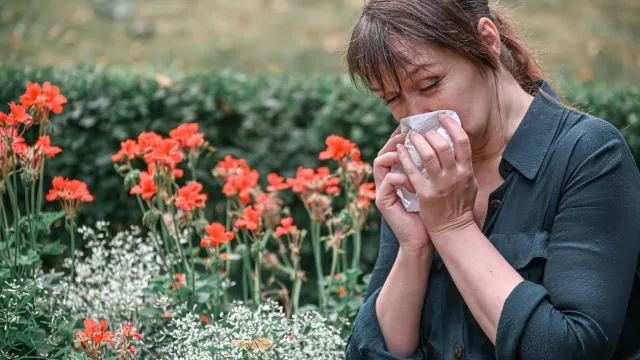
Most people decide on what to plant in their yards based on their individual tastes and what makes them feel good. From the first blooms of spring to the last remaining leaves of fall, there’s no denying that your choices can add pops of color and beautiful fragrances to your property. Unfortunately, they can also sometimes set off allergies in those who may not even realize a potential trigger is growing nearby. Read on to see the plants and trees in your yard that are making you sneeze, according to experts.
RELATED: Gardening Influencer Reveals the #1 Plant to Give Your Yard Beautiful Color.
1
Oak Trees
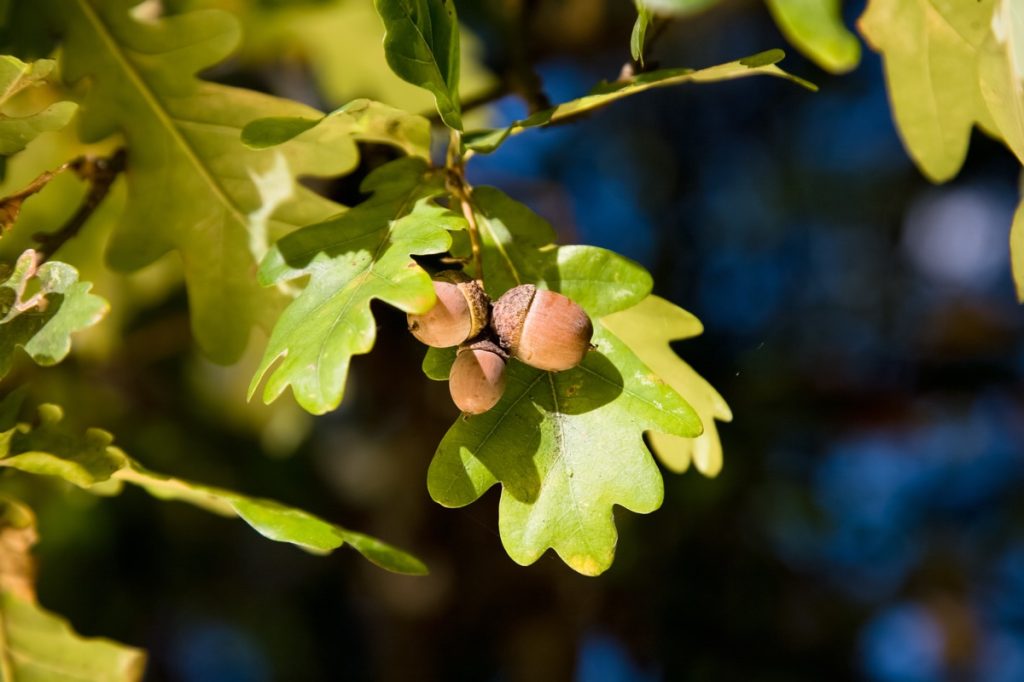
Oak trees are one of the most recognizable species across the U.S., with each variety showcasing a different shape of leaf. But while they can put on a dazzling display when they change colors in autumn, they can also pose a problem for some people.
“Oak trees cause people to sneeze primarily due to the heavy amounts of pollen they produce,” Mike Murphy, founder of You Had Me At Gardening, tells Best Life. “They grow abundantly in many areas, and the protein in their pollen is highly allergenic.”
RELATED: 7 Popular Houseplants That Are Actually the Hardest to Keep Alive.
2
Ragweed and Amaranth
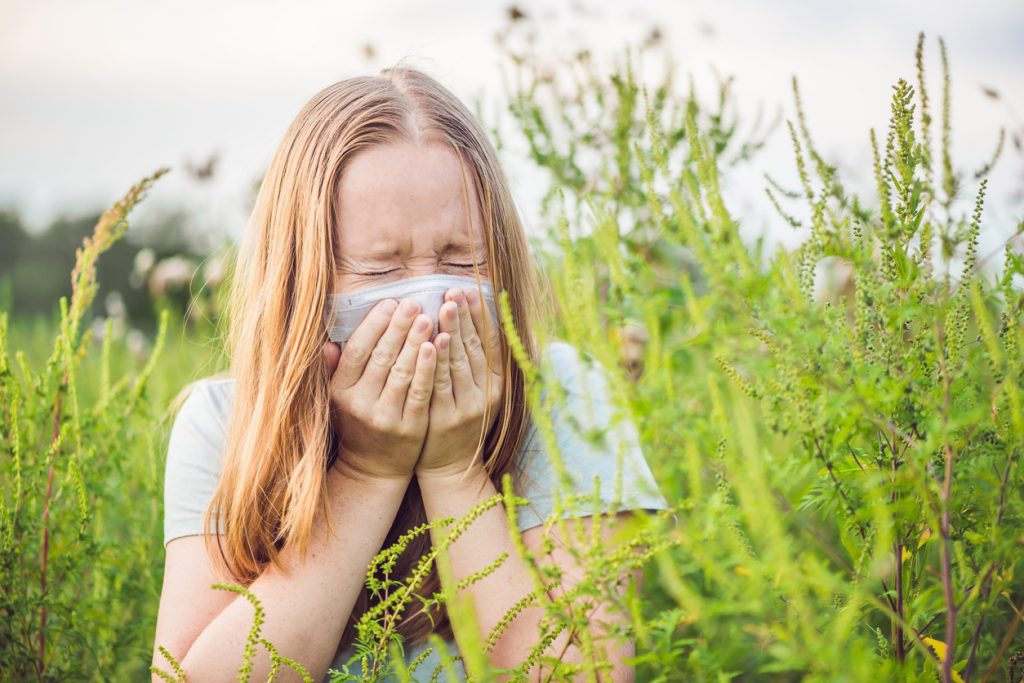
Not all plants in our gardens are there on purpose. Experts warn that some yard invaders can be aggravating to some peoples’ senses.
“Although not a traditional ornamental flower, ragweed is a common allergen and often grows near other plants,” says Manan Shah, MD, a nose surgeon and allergist. He adds that amaranth is a closely related plant, “also known as pigweed, which is an allergy trigger that grows all over the U.S.”
According to Murphy, the worst time of year for these plants is typically late summer and early fall, when they begin to spread more pollen. This can be made even worse by windy conditions.
RELATED: 5 Plants That Will Keep Mosquitoes Out of Your Yard, According to Pest Experts.
3
Cedar Trees
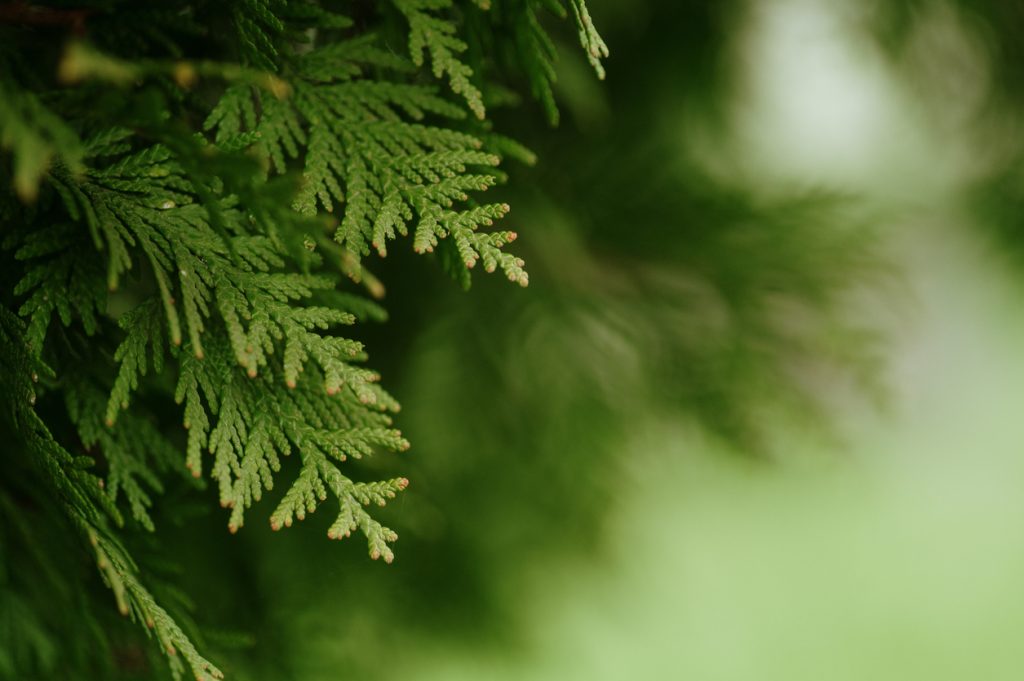
Cedar trees can be a beautiful addition to any landscape, with their evergreen foliage and unmistakable musky aroma. However, they’re also a common culprit for making people sneeze.
“Ever heard of ‘cedar fever?’ Mountain Cedar trees are so notorious for their prodigious production of allergy-inducing pollen that they have a syndrome named after them!” says Fern Berg, a plant expert and founder of Tree Vitalize.
She adds that while the reaction does not cause a literal fever, it does bring about some other acute symptoms. They include “intense sneezing, nasal congestion, itchy eyes, and fatigue that can make the sufferer feel very unwell.”
4
Sunflowers
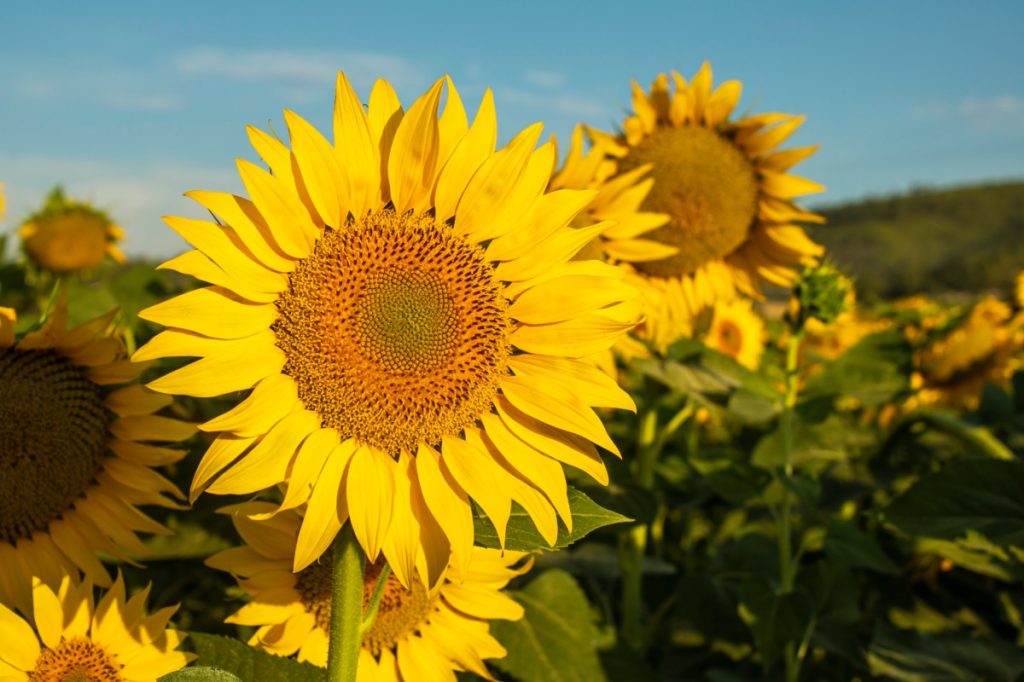
Sunflowers are one of the most visually striking plants that can grow in your garden, towering over other flowers with their broad yellow faces. However, while they might be great to look at, they can still be a bit problematic for some.
“Sunflowers can cause people to sneeze. Their pollen is pretty allergenic to some people. They tend to release their pollen earlier in the morning and can be avoided until later in the day for less reaction.”
RELATED: 5 Invasive Trees You Need to Remove From Your Yard Immediately.
5
Gardenia
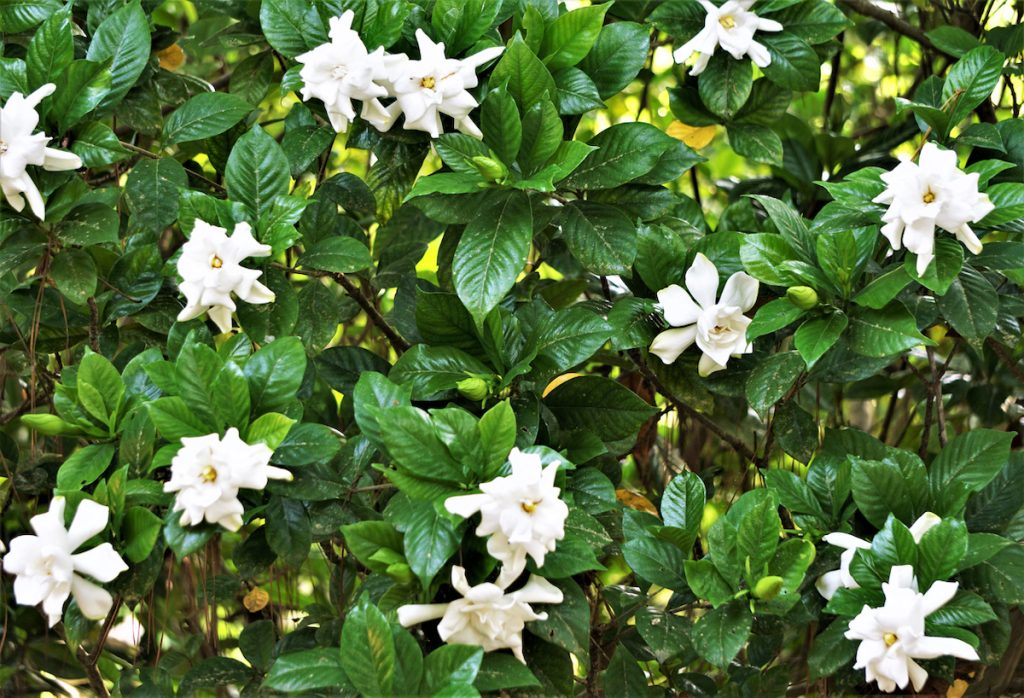
Flowering bushes like gardenia can be a great way to add depth to your front yard. But before you decide to plant them around your home, make sure you’re not bringing in a species that could trigger your allergies.
“This shrub can be an irritant to some people due to the intense fragrance of its pretty white flowers,” says Berg. “Sensitive individuals may experience sneezing and headaches when gardenia is in bloom, believed to be caused by volatile organic compounds (VOCs) released by the flowers irritating the mucous membranes of the nose and throat.”
6
Birch Trees
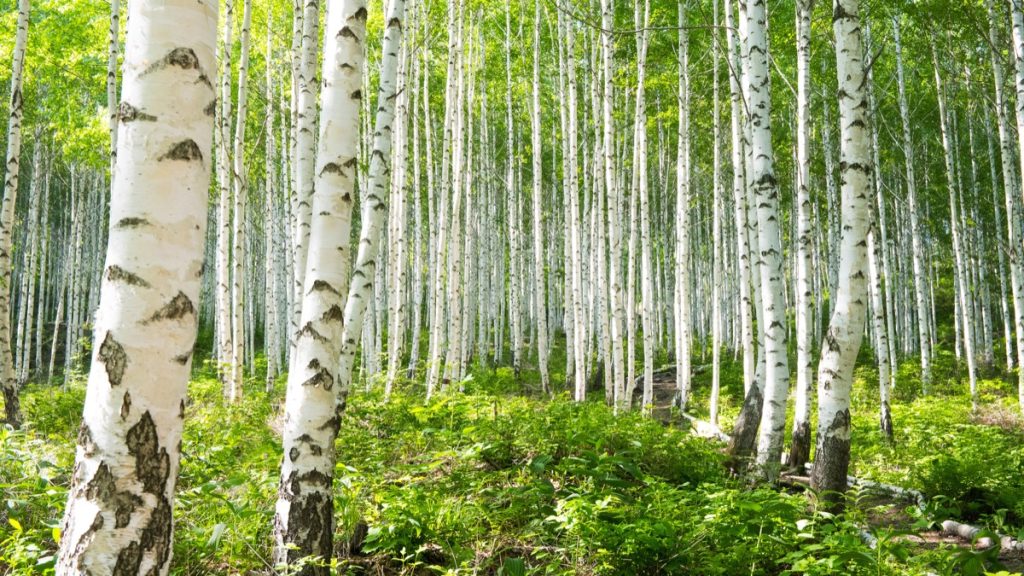
With their grayish-white bark and slender frames, birches can be a unique addition to your yard. But according to Berg, they also produce an abundance of very fine, lightweight pollen that has a highly allergenic protein for most people.
“During the peak of their reproductive season, the air can become heavily laden with birch pollen, which is dispersed by the wind and easily inhaled by humans, triggering sneezing and allergies,” she says.
7
Maple Trees
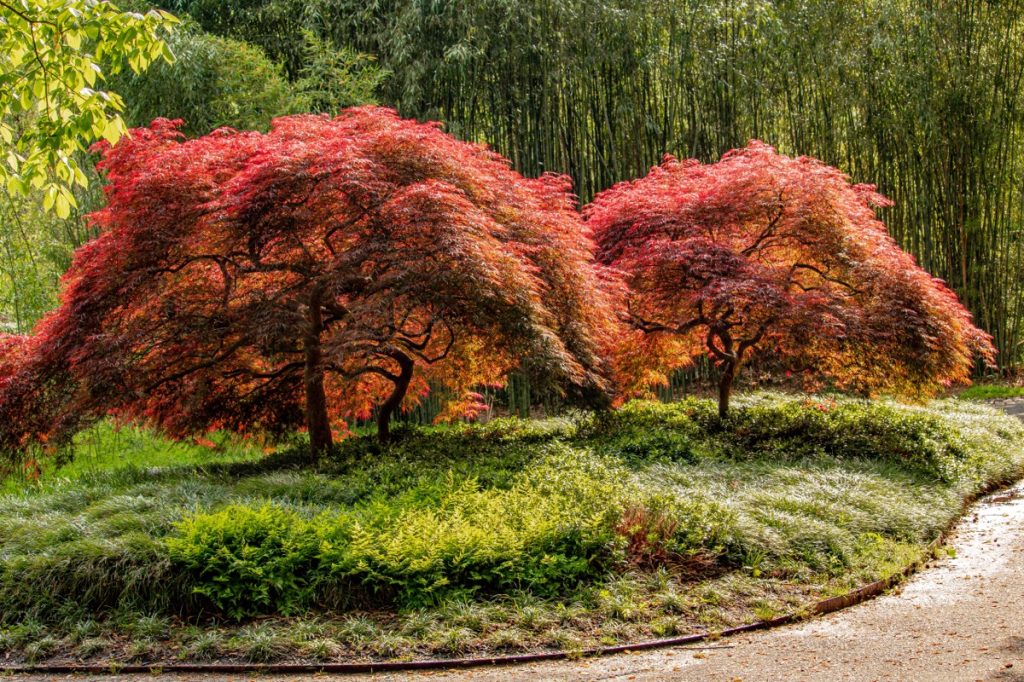
Most people who regularly suffer from seasonal allergies usually equate the return of their symptoms with the first budding flowers after winter. But according to experts, some common trees can be an early trigger for sneezing.
“Maple trees also release pollen into the air as part of their reproductive process in the spring,” says Murphy. “This can trigger allergic reactions in susceptible individuals, which means plenty of sneezing, a runny nose, congestion, itchy eyes, and even coughing.”